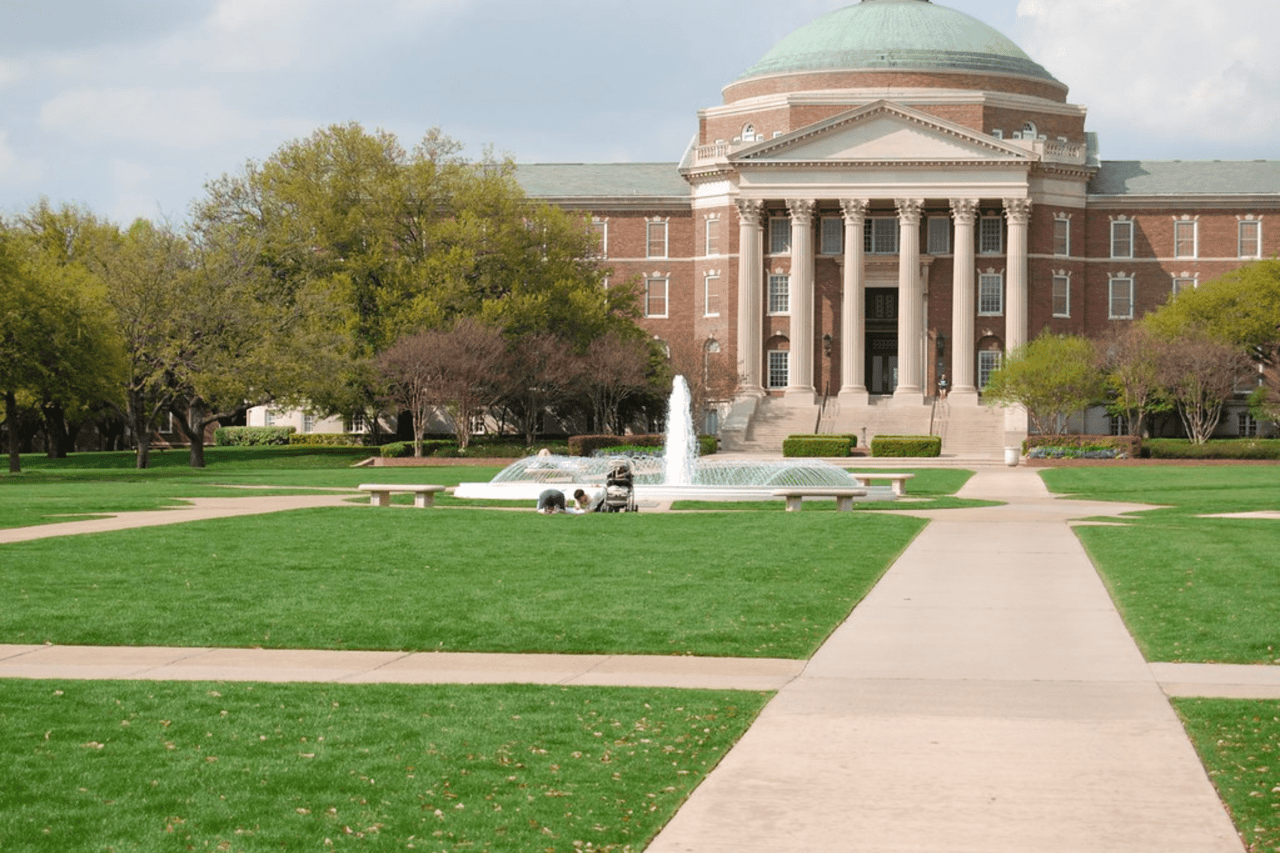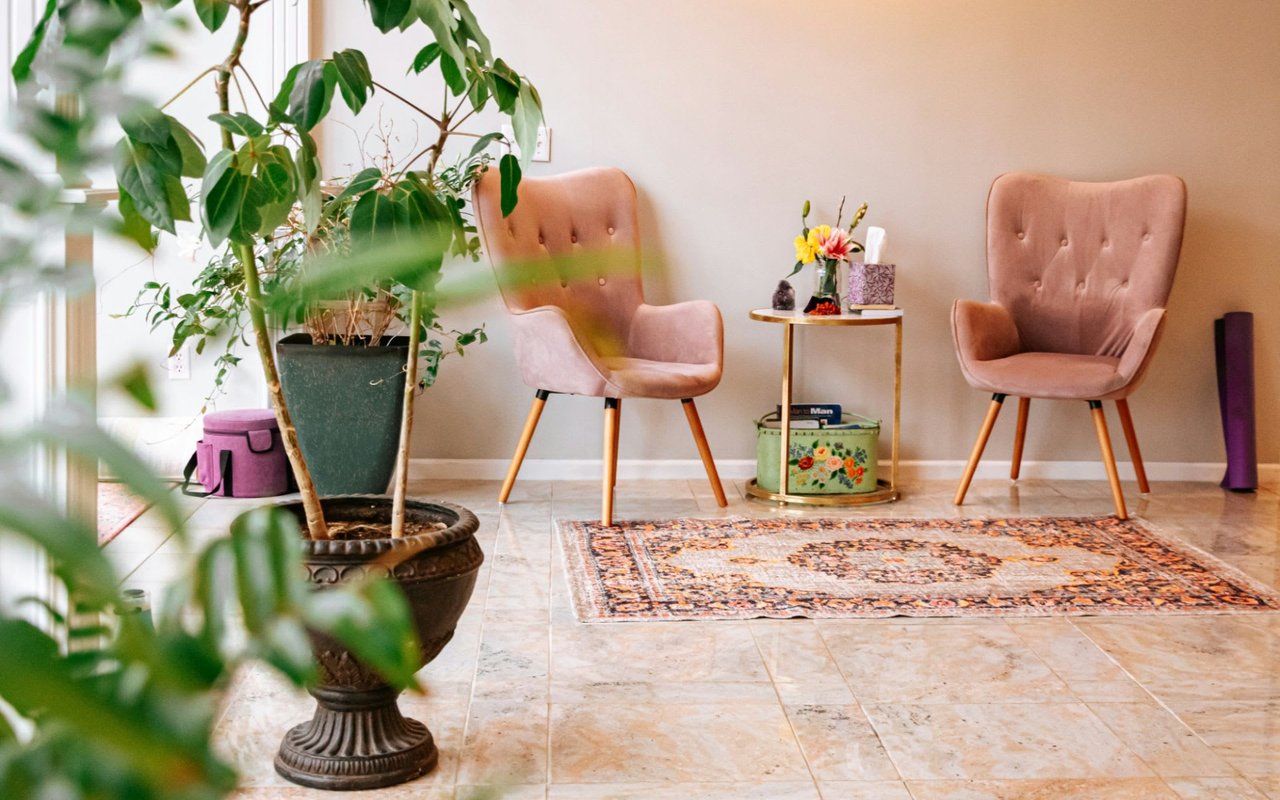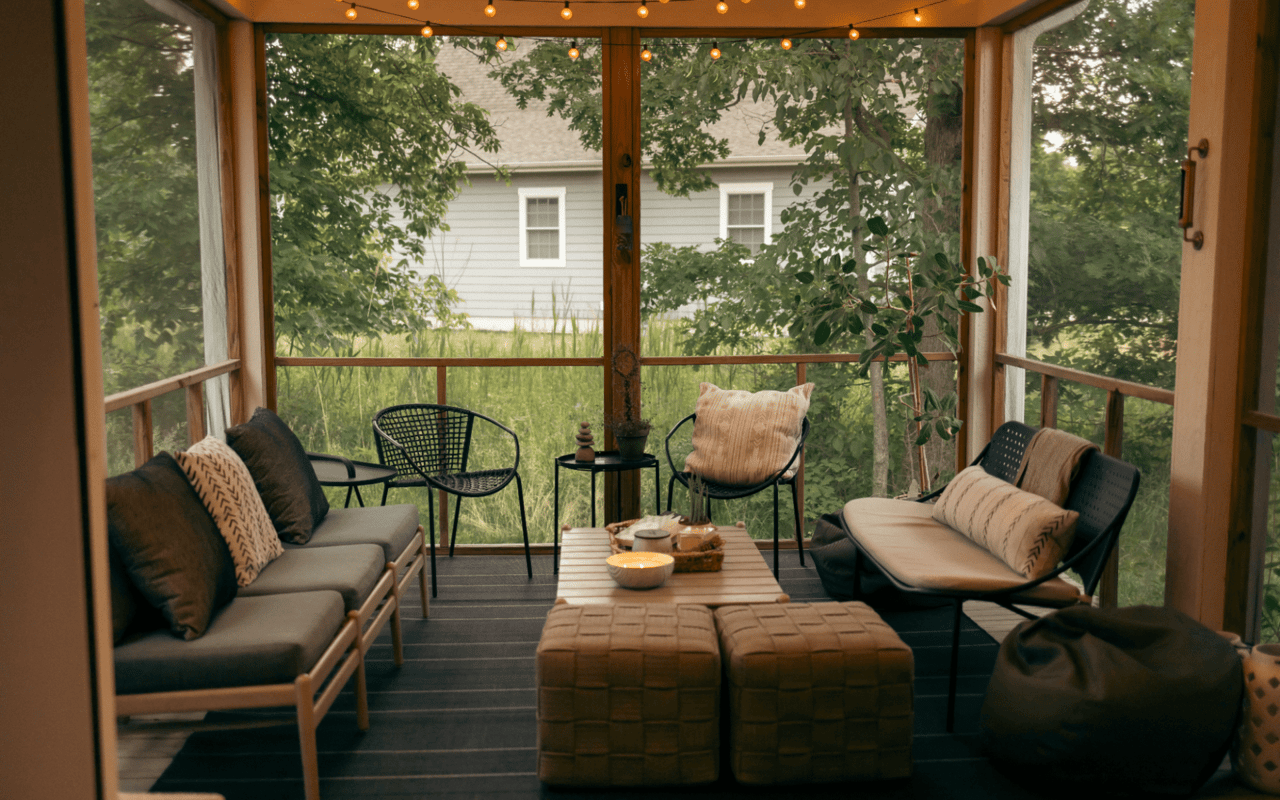University Park has had a distinct influence on Dallas and North Texas architecture since its incorporation in 1915. Southern Methodist University brought many of the country’s top architects to the area, and they, in turn, redesigned the layout of the city to reflect a modern sensibility.
Today’s University Park is a much more diverse area for residential and commercial buildings. Let’s dive in and take a closer look at University Park architecture.
Georgian Style
The first architectural style to impact the University Park area comes from the earliest days of Southern Methodist University. In 1911, when the first plans for the University were drawn up, SMU leaders were eager to introduce a timeless, classical air in their architecture. University Park was in an extremely rural part of the Dallas area at the time, but the Georgian style helped to make the city more upscale.
Georgian architecture is perhaps the most common in University Park. It takes its name from the period in English history from 1714-1830 when four kings named George reigned. Homes in the Georgian style are symmetrical, rigid, and classical. Ornamentation is rare.
The Georgian style stresses stability and usefulness. Some of the oldest homes in New England are Georgian. Since the founders of SMU wanted to emulate the Ivy League style in Texas, it’s no wonder the Georgian architecture took off here.
Georgian architecture is perhaps the most common in University Park. It takes its name from the period in English history from 1714-1830 when four kings named George reigned. Homes in the Georgian style are symmetrical, rigid, and classical. Ornamentation is rare.
The Georgian style stresses stability and usefulness. Some of the oldest homes in New England are Georgian. Since the founders of SMU wanted to emulate the Ivy League style in Texas, it’s no wonder the Georgian architecture took off here.
Spanish Colonial
The next architectural style to discuss is the Spanish Colonial, which is extremely popular all over Texas, especially in luxury properties. From 1915-1931, this style hit its highest point in Florida and California, but Texas has its own fair share of these kinds of homes. Mexican architecture is the main influence on University Park Spanish homes.
You can tell a building is Spanish colonial when it features warm stucco exterior walls, multiple stories with arcaded walkways, clay tile roofs with very little incline, and large eaves. Spanish Colonial homes were influenced by the Mexican Hacienda style and the traditional Mission-style home from California. That’s why they’re often the style of the larger homes in University Park. Emulating the Spanish style in smaller homes can be difficult, but many outstanding examples exist here.
The interiors of this style often fall under the Arts and Crafts Movement and feature detailed wood cabinetry and simple furniture. The Spanish influence on University Park is also on display at the Meadows Museum at SMU, which holds one of the world's largest collections of Spanish art — the largest collection outside of Spain.
You can tell a building is Spanish colonial when it features warm stucco exterior walls, multiple stories with arcaded walkways, clay tile roofs with very little incline, and large eaves. Spanish Colonial homes were influenced by the Mexican Hacienda style and the traditional Mission-style home from California. That’s why they’re often the style of the larger homes in University Park. Emulating the Spanish style in smaller homes can be difficult, but many outstanding examples exist here.
The interiors of this style often fall under the Arts and Crafts Movement and feature detailed wood cabinetry and simple furniture. The Spanish influence on University Park is also on display at the Meadows Museum at SMU, which holds one of the world's largest collections of Spanish art — the largest collection outside of Spain.
Mediterranean/Italian Renaissance
Renaissance architecture (more precisely, renaissance revival) has been extremely popular in University Park for decades, especially close to SMU. There are two specific influences on the Italian Renaissance/Mediterranean style: the classical revival in the 1910s and the Beaux Arts style from the 1900s.
Residents from University Park at the turn of the century were some of the most cultured and educated in all of Texas. They naturally turned their attention to the most current artistic trends in New York, and their homes reflected that notion.
Renaissance-style homes feature large Palladian arch windows and doors on the ground floor to let in a maximum amount of light. Windows on the upper stories are smaller and can often include luxury balconies. The roofs are wide, with very little incline. Terraced patios in the backyard are common, but the landscaping has considerable variation. Some of the most extravagant mansions in University Park feature tall spires on the tiled roof, though a spectrum of colors are used for the exterior cladding and shingles.
Residents from University Park at the turn of the century were some of the most cultured and educated in all of Texas. They naturally turned their attention to the most current artistic trends in New York, and their homes reflected that notion.
Renaissance-style homes feature large Palladian arch windows and doors on the ground floor to let in a maximum amount of light. Windows on the upper stories are smaller and can often include luxury balconies. The roofs are wide, with very little incline. Terraced patios in the backyard are common, but the landscaping has considerable variation. Some of the most extravagant mansions in University Park feature tall spires on the tiled roof, though a spectrum of colors are used for the exterior cladding and shingles.
Dallas Eclectic
The Dallas Eclectic style is unique to this part of the nation and reflects the special blend of influences and cultures in University Park in the 1910s-1920s. Many of North Texas’ elite residents went on extensive travels to Europe in the early years of the 20th century. When they returned, they wanted to build homes incorporating styles from all over the continent. Homes in the Eclectic style from before 1950 were the largest in the area, but architects after 1950 reduced the scale considerably.
The earlier form of the Eclectic style featured elements of the Georgian classical style, Tudor exteriors, and Mediterranean structures. Put together, these homes provide viewers with a variety of perspectives and angles to enjoy. The mansion-sized Eclectic homes slowly fell out of fashion once Dallas imposed a height limit of 39 feet.
The post-1950s Eclectic style was much smaller. The interiors became an important source of inspiration, and residents turned their attention to the cabinetry, woodworking, and furniture in their Eclectic homes. Homes from this period mix large Italian windows with peaked Tudor roofs and chimneys, along with classical Georgian facades that can be symmetrical.
The earlier form of the Eclectic style featured elements of the Georgian classical style, Tudor exteriors, and Mediterranean structures. Put together, these homes provide viewers with a variety of perspectives and angles to enjoy. The mansion-sized Eclectic homes slowly fell out of fashion once Dallas imposed a height limit of 39 feet.
The post-1950s Eclectic style was much smaller. The interiors became an important source of inspiration, and residents turned their attention to the cabinetry, woodworking, and furniture in their Eclectic homes. Homes from this period mix large Italian windows with peaked Tudor roofs and chimneys, along with classical Georgian facades that can be symmetrical.
Texas Modern Architecture
The final style to discuss from University Park is specifically Texan. This style exploded in popularity after the 1960s, and Le Corbusier became a major architectural force worldwide. These homes are among the most visually bombastic in University Park.
Art Deco, however, was an even earlier inspiration. Since the Centennial Exhibition in 1936, we have seen the Texas Modern style in its earliest form at Fair Park. The architecture school at the University of Texas was also instrumental in bringing a Modern flair to University Park.
The Modern architectural style offers homeowners an unrestrained opportunity to build in fresh ways. Sweeping arcs, bold towers, and rigid rectangular banks of windows often occur in the same building. Concrete, stucco, tile, and wood paneling are common building materials. Horizontal roofs, vertical textured wall cladding, and large pierced square sections running through the upper stories are also par for the course in the Modern style.
Art Deco, however, was an even earlier inspiration. Since the Centennial Exhibition in 1936, we have seen the Texas Modern style in its earliest form at Fair Park. The architecture school at the University of Texas was also instrumental in bringing a Modern flair to University Park.
The Modern architectural style offers homeowners an unrestrained opportunity to build in fresh ways. Sweeping arcs, bold towers, and rigid rectangular banks of windows often occur in the same building. Concrete, stucco, tile, and wood paneling are common building materials. Horizontal roofs, vertical textured wall cladding, and large pierced square sections running through the upper stories are also par for the course in the Modern style.
Reach out to a local real estate agent today
If you have any questions or comments about University City architecture or any other topic about University Park real estate, get in touch today! Whether you're exploring real estate for sale in University Park, TX, or need insights on the local market, contact Local Life for more information.
*Header photo courtesy of flickr | Elliot Plack
*Header photo courtesy of flickr | Elliot Plack




